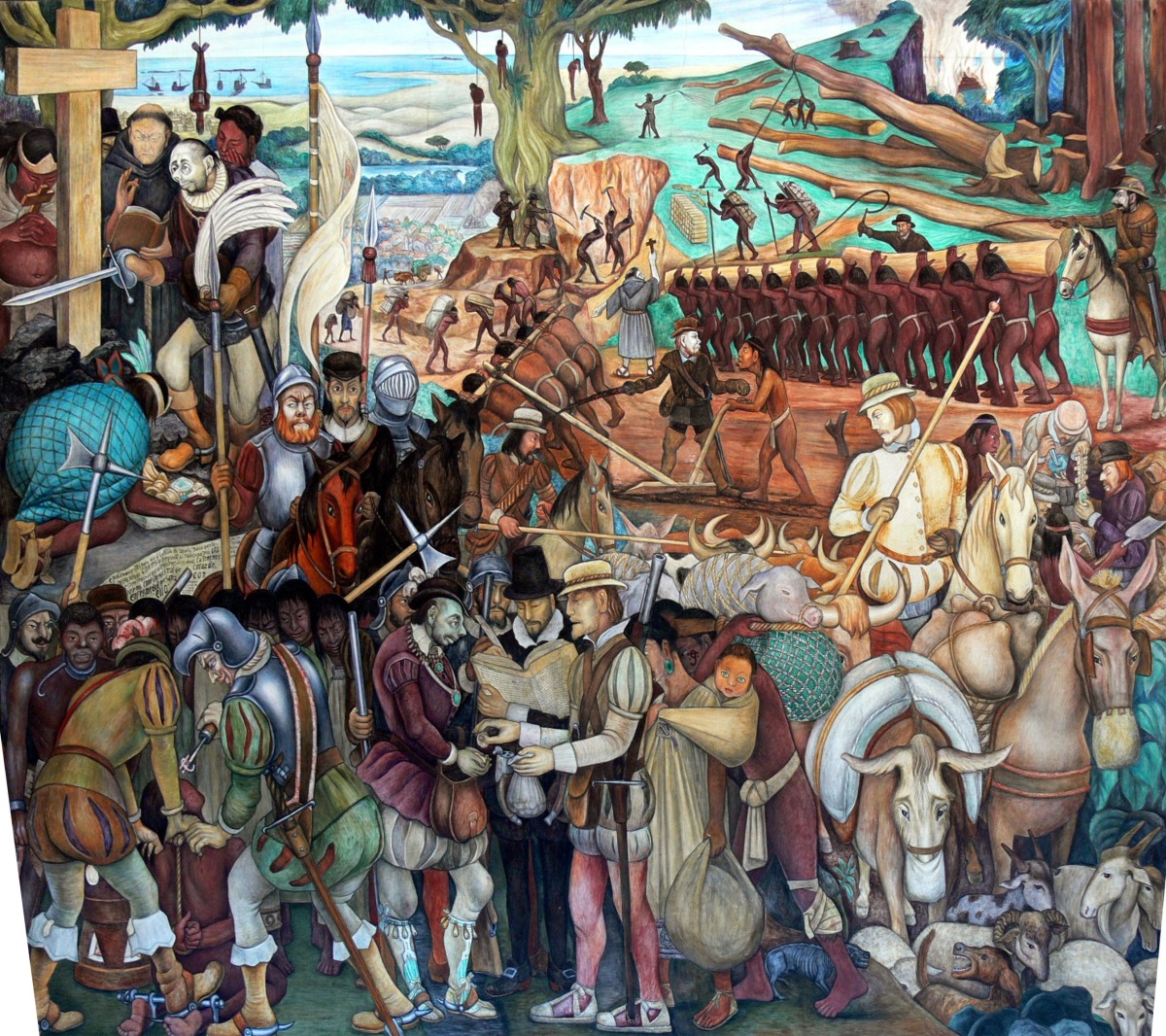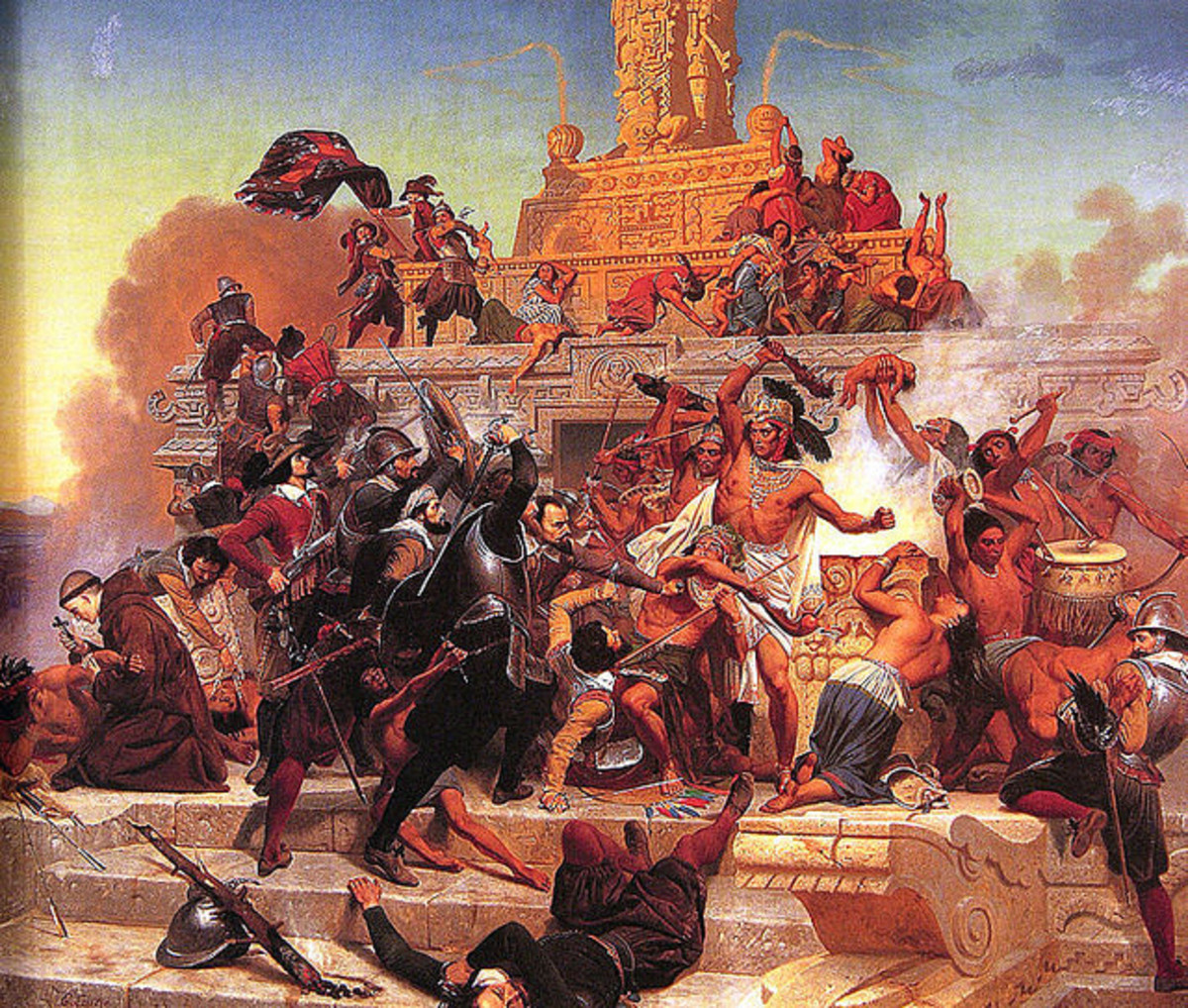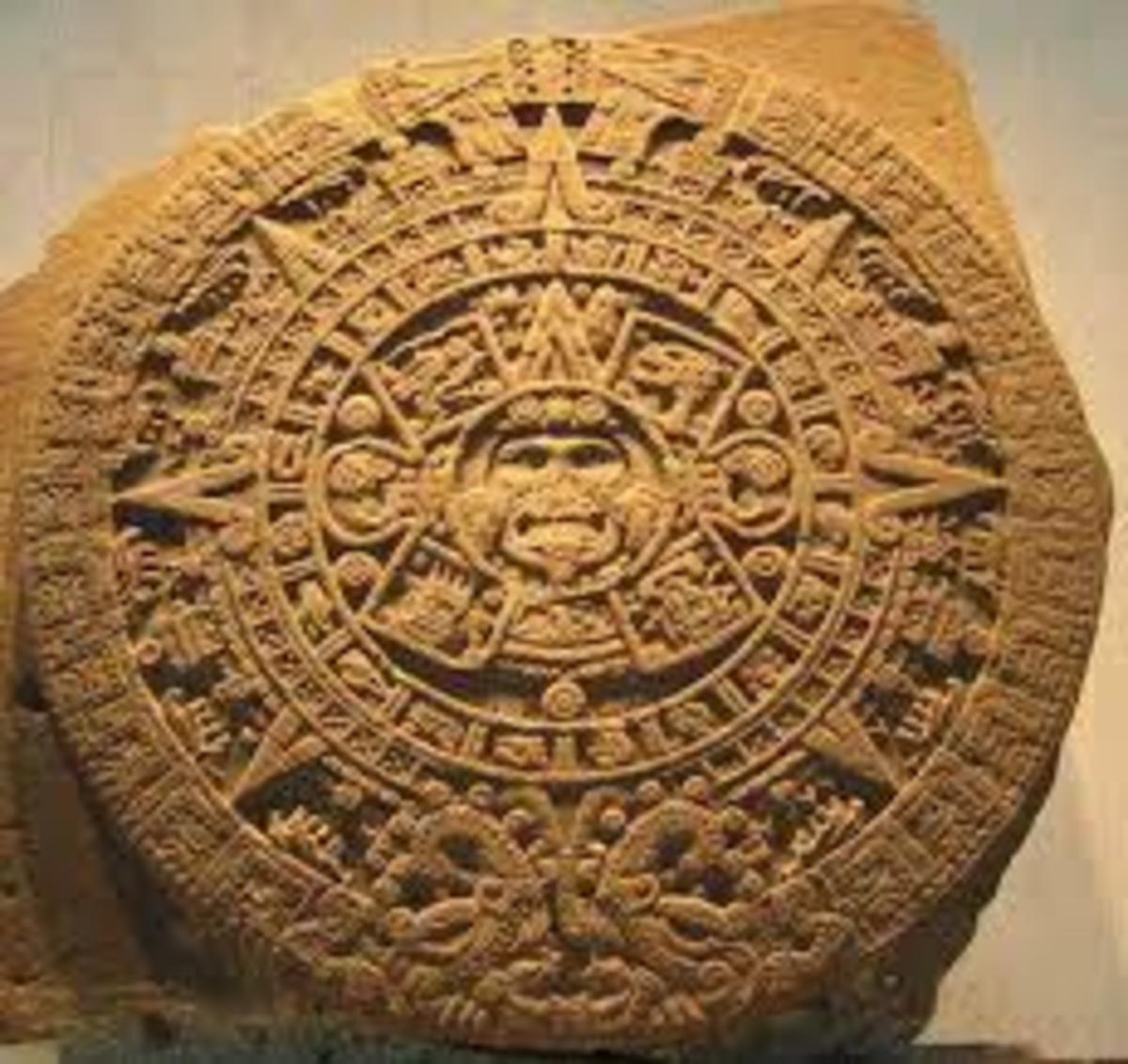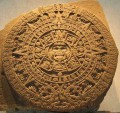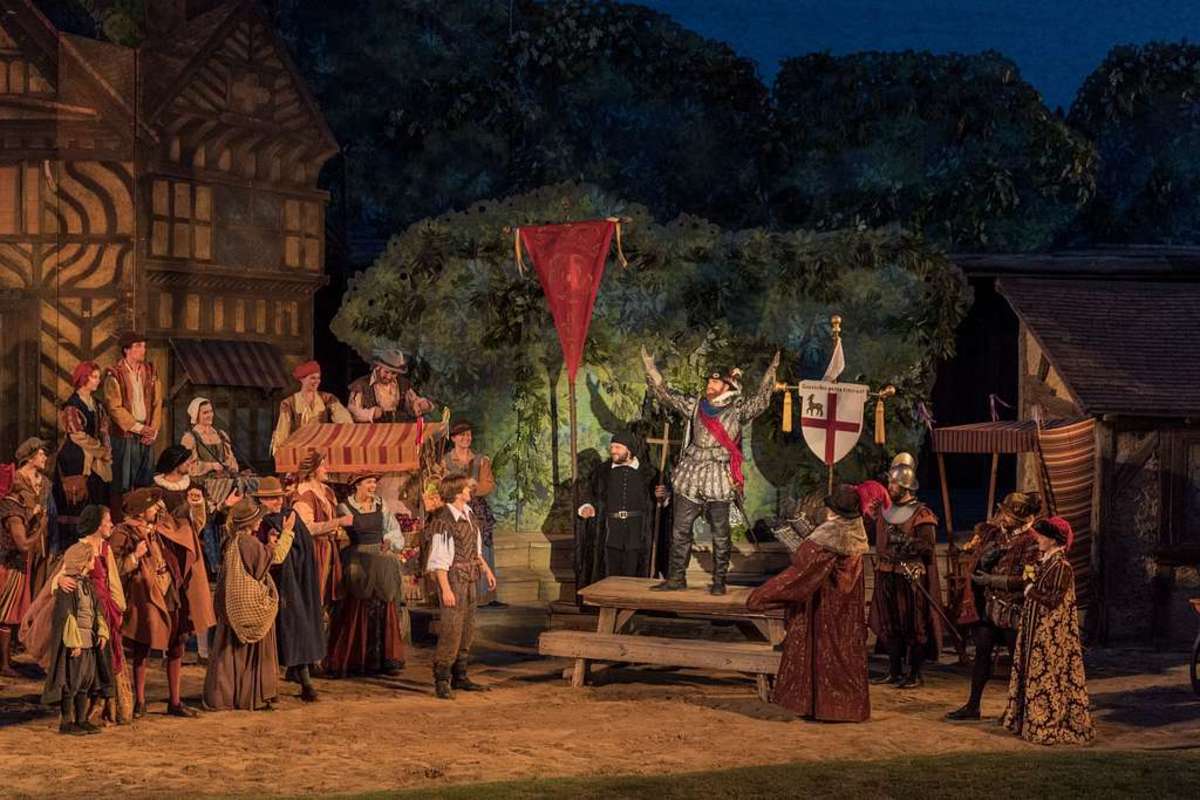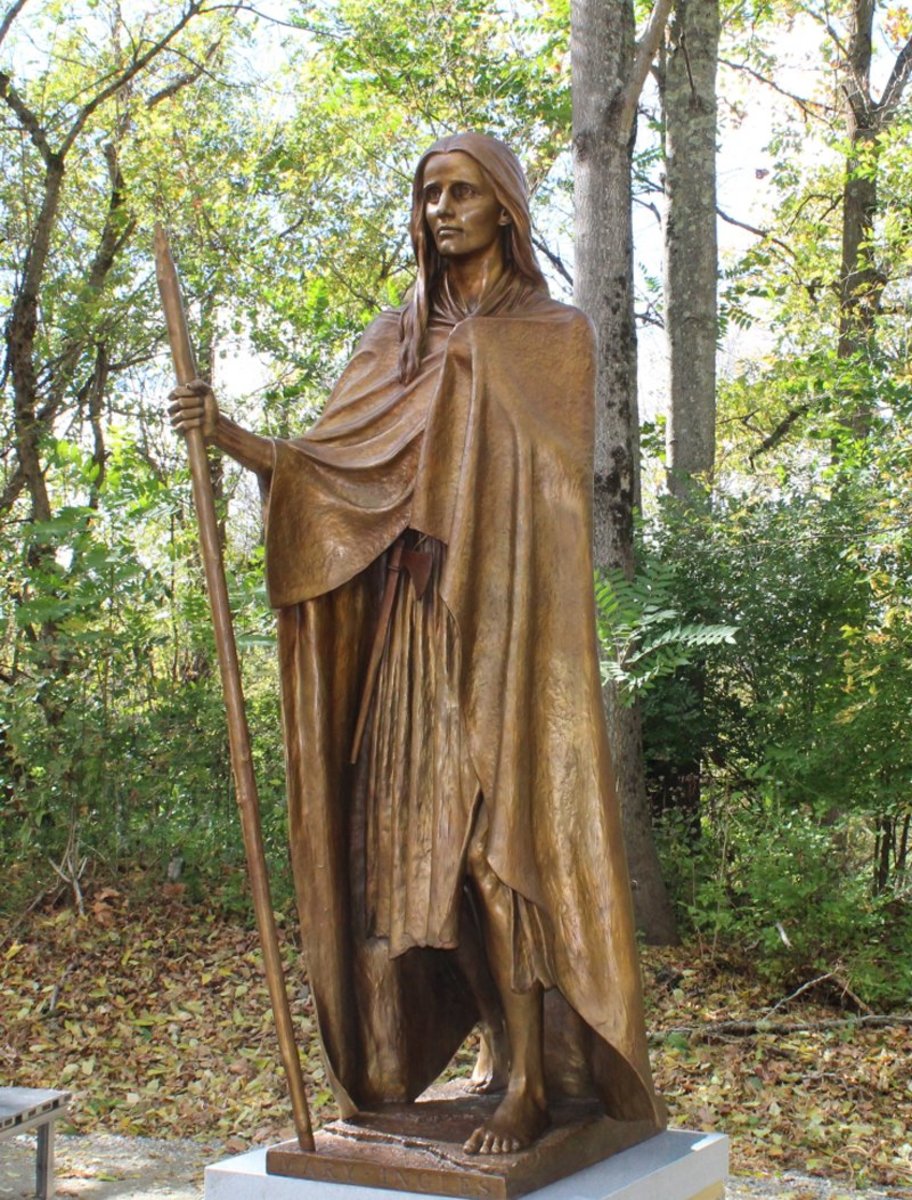- HubPages»
- Education and Science»
- History & Archaeology»
- History of the Americas
The Aztec Warrior of Mexico: Warfare in the Great City of Tenochtitlan
I have written this article after reading Inga Clendinnen's book, The Cost of Courage in Aztec Society, which is a wonderfully researched anthropological and historical book about Aztec society before the Europeans arrived, particularly the religious and spiritual significance of the cult of the warrior.
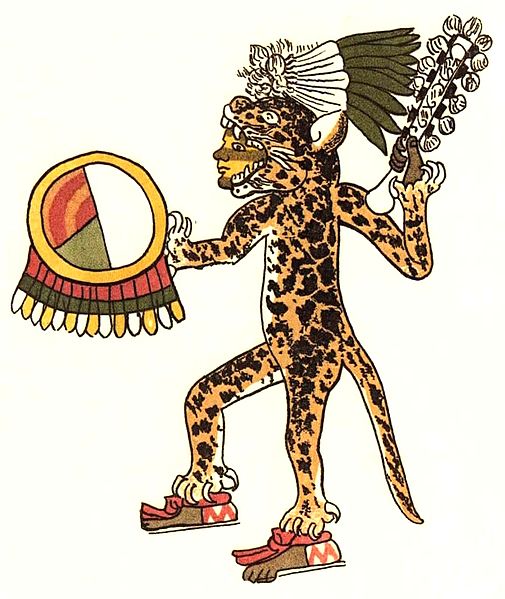
The Cost of Courage in Aztec Society

Most of use know about the Aztecs as the Great Rulers of Mexico.
We've heard that they have pyramids, that the waged battles in the area, they held bloody human sacrifices and ate the flesh of their enemies. They covered everything in gold, and their influence can be seen in Mexican culture even today. In this article, I will focus on the cult of the Warrior in the hopes that you'll learn that the Aztec warrior and war rituals, as well as their bloody human sacrifices and cannibalism, were not just primal urges being manifested so that their enemies may fear them, but that they were part of a complex spiritual belief system that sought to dramatize the natural processes of nature.
The Aztecs strongly associated the human body with the soil, water, sun, and vegetation. They believed that a constant state of warfare was necessary in order to provide victims for human sacrifice in order to feed the insatiable Earth and Sun dieties with human flesh.
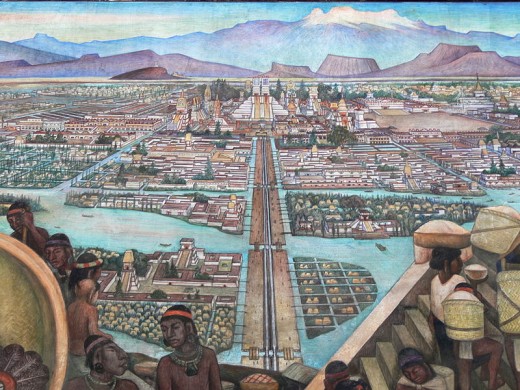
The Aztec warrior was venerated by society.
He was educated from a pre-pubescent age in warfare. Battle involved a highly complex form of fighting that aimed to stun enemies with a large paddle. Once stunned, the warrior could bring the victim back to the city to be ritually sacrificed in a religious ceremony. The Aztecs invited foreign representatives from other cities to come watch these violent displays as a warning of their power.
Besides receiving the respect of their countrymen and their equivalent of a large paycheck, no other part of the sacrifice ceremony was focused directly on the warrior.
The captive's body became a microcosm of the Earth.
His heart was associated with the heat of the sun and the source of all life, his blood with nourishing rain and water, his bone with seed, and his flesh with vegetation. During the sacrifice, the victim's heart was removed and offered to the sun, the blood was speared over idyllic statues in the city, the flesh was the consumed, and the warrior who captured that particular victim wore his skin as a cloak. This sounds pretty gruesome, but wearing the victims skin was likened to the husk of a seed, which must be pierced through and thrown off so that new life may flourish.
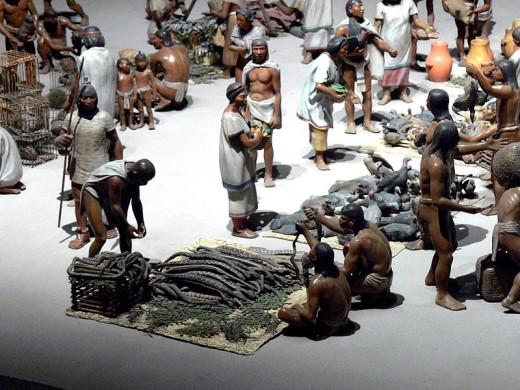
Cannibalism
The family of the captor were given the priviledge of eating some of the victim's flesh. When they did, they mixed it with dried maize, a tribute to their recognition that human flesh is made of the same medium as the maize-- they are simply as different points in the cycle. The interesting thing about this is that the captor did not participate in eating the victim's flesh. It was an accepted fact that he too, would eventually be taken as a prisoner in battle and sacrificed in another city. It was therefore a dark experience to become a successful warrior, as the final end was not veneration and celebration: it was a surrender back to the elements.
More on the Aztecs
- 6 Cool Facts About the Aztecs of Mexico
We all know about the bloody sacrifices, but there was a whole history, culture, and mythology surrounding the Aztecs' claim to fame!
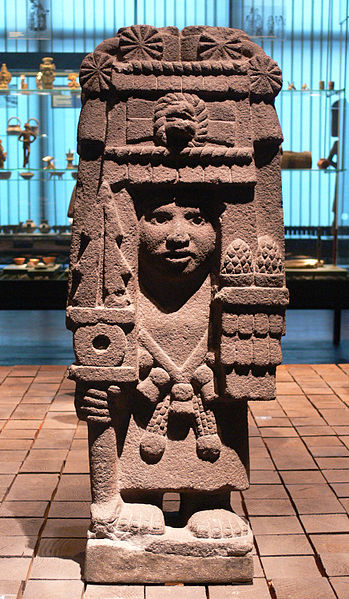
The Aztec's Interpretation of Nature
While all agricultural societies practice rituals that correlate with the biological cycles that give them sustenance, the Aztecs’ quite literal and violent interpretation of nature is unique and noteworthy.
Their creation myths also reflect a bloody view of the world: that the Earth was a monster that was torn apart and then refused to bring forth fruit until fed with human flesh, and that the first people were made of a dough of ground bones and blood. The afterlife lead the deceased on a four year journey to the underworld, during which they would gradually lose all personhood and dissolve into nothingness. The Aztec’s miserable beginnings, in which they were chased from many communities and finally settled on an unwanted island, followed by their rapid rise to greatness and the ruling over millions of people of diverse cultures may have led to their fatalistic and violent worldview.
Clendinnen states that the Aztecs peceived the universe in layers, and that the Earth layer, the one available to human senses, was unstable and constantly changing. She asserts that in the ritual of war, killing, and eating the captives’ flesh, the Aztecs sought to make the human status as uncertain as the natural order, thereby enabling themselves to survive within it.

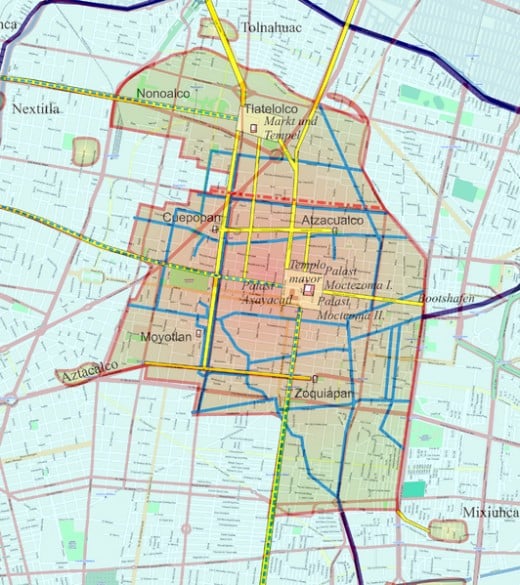
- Easy and Delicious Mexican Horchata Recipe With Evaporated and Rice Milk
Easy and delicious horchata. Impressive, authentic Mexican recipe. - Ten Reasons to Learn to Speak Spanish
Top 10 reasons to learn Spanish! - Otavalo Indians and the Path of Globalization, Part 1 of 3: Introduction
The Otavalos are one of the most prosperous indigenous groups in the Americas, and are well-known throughout the world. They've embraced globalization without losing their cultural roots, and this article introduces them. - 6 Cool Facts About the Aztecs of Mexico
We all know about the bloody sacrifices, but there was a whole history, culture, and mythology surrounding the Aztecs' claim to fame!

